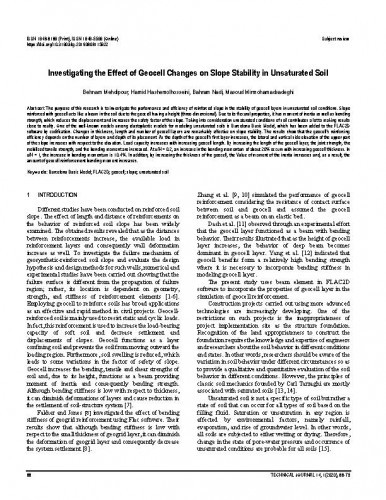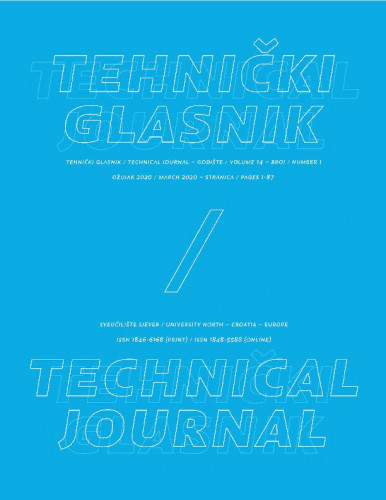The purpose of this research is to investigate the performance and efficiency of reinforced slope in the stability of geocell layers in unsaturated soil conditions. Slope reinforced with geocell acts like a beam in the soil due to the geocell having a height (three-dimensional). Due to its flexural properties, it has moment of inertia as well as bending strength, which reduces the displacement and increases the safety factor of the slope. Taking into consideration unsaturated conditions of soil contributes a lot to making results close to reality. One of the well-known models among elastoplastic models for modeling unsaturated soils is Barcelona Basic Model, which has been added to the FLAC2D software by codification. Changes in thickness, length and number of geocell layers are remarkably effective on slope stability. The results show that the geocell's reinforcing efficiency depends on the number of layers and depth of its placement. As the depth of the geocell's first layer increases, the lateral and vertical side elevation of the upper part of the slope increases with respect to the elevation. Load capacity increases with increasing geocell length. By increasing the length of the geocell layer, the joint strength, the mobilized tensile strength, and the bending moment are increased. At u/H = 0.2, an increase in the bending momentum of about 20% occurs with increasing geocell thickness. In u/H = 1, the increase in bending momentum is 10.4%. In addition, by increasing the thickness of the geocell, the Value of moment of the inertia increases and, as a result, the amount of geocell reinforcement bending moment increases.
Sažetak

 Tehnički glasnik : 14,1(2020) / glavni urednik, editor-in-chief Milan Kljajin.
Tehnički glasnik : 14,1(2020) / glavni urednik, editor-in-chief Milan Kljajin.